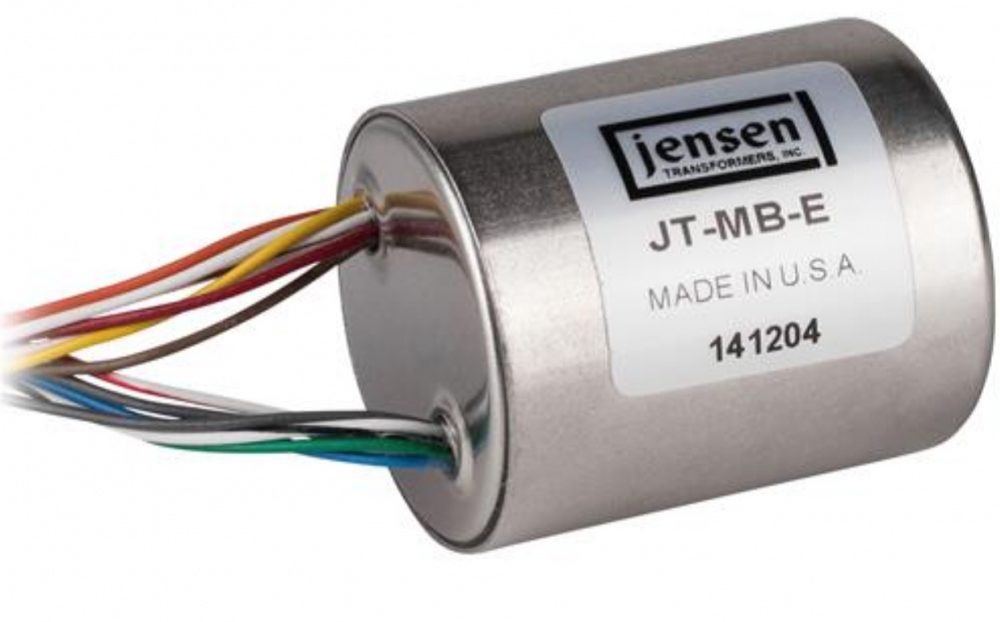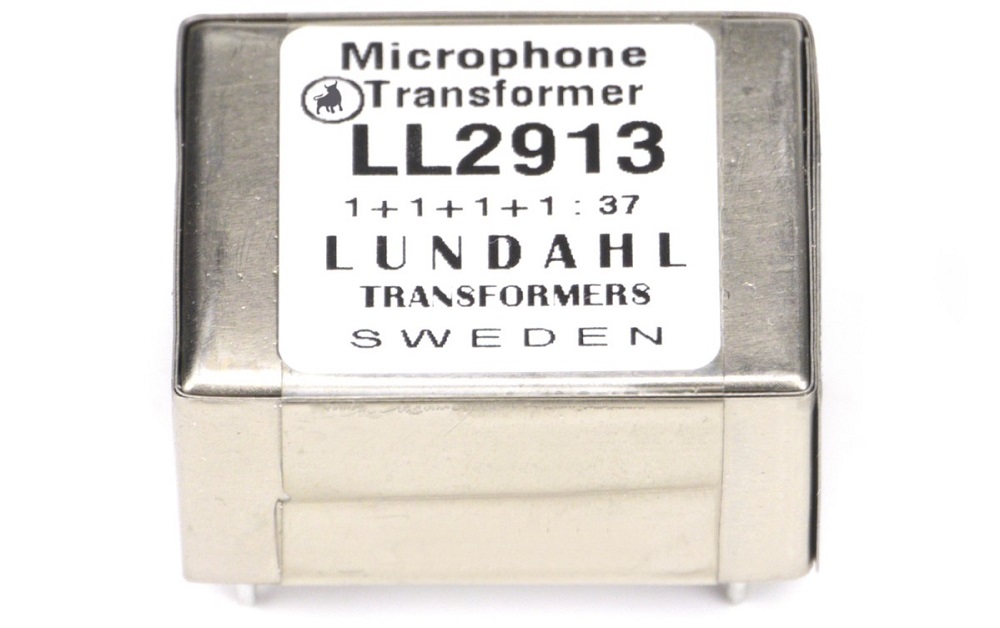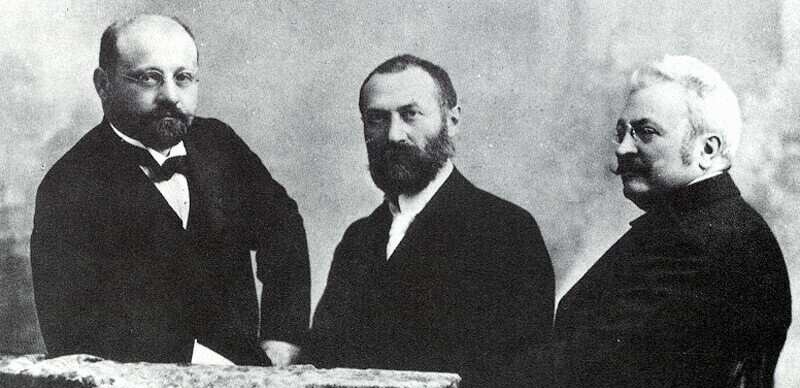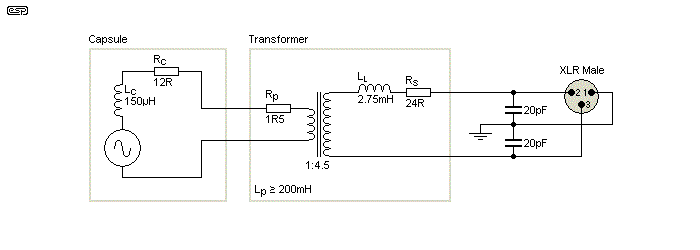What Are Microphone Transformers
Introduction
When audio was in its infancy, transformers were critical to the functionality of the first generation of electronic circuits that were based entirely on tubes. Around 1920, radio broadcasts were just beginning to reach the general public. Consequently, the demand for broadcast audio systems increased rapidly, all of which required transformers.
The use of transformers became indispensable when equipment for live sound reinforcement was introduced since they were the only way to match the impedances of microphones to vacuum tube preamplifiers.
In addition to being used as interstage devices and line output drivers, transformers were also used to match a power amplifier’s output stage to the voice coil impedance of a loudspeaker – just as they are used today in audiophile tube amplifiers and musical instrument amplifiers.
As transistor-based preamps and power amplifiers became more widely used, transformers became less necessary, but electric guitarists will tell you that tubes “just sound better.” However, transformers accomplish much more than mere impedance matching. At the source, they are capable of differentially balancing microphone signals or lines, and at the destination, they are capable of de-balancing the same signals.
As part of this article, we will discuss the role of transformers in microphones and the differences between microphones that utilize transformers and those that do not.

What are Transformers?
Transformers are often associated with power transformers that provide electricity to our buildings from power lines. A better description would be “robots in disguise.” The transformers that supply the mains voltage to our buildings have to handle much higher voltages and currents than the transformers that provide the output to microphones. They are, however, both designed according to the same principles.
In electrical terms, a mic transformer is a passive electrical device that physically isolates two circuits while maintaining an electrical connection between them. Two conductive coils are wound around a common magnetic core in mic transformers (one for each circuit). Voltage, current, and impedance are adjusted by them.
Transformer-coupled microphones use simple transformers consisting of two circuits. An electric transformer has a magnetic core surrounded by conductive wires called windings. It is typical for the primary winding to be connected to the circuit that features the output signal of the microphone capsule, while the secondary winding is connected to the microphone’s output circuit.
In order to simulate the frequency response of different microphones and their dynamic response with high-end amplifiers, Microphone Transformer utilizes Sound Magic Award-Winning Modeling Technology. Transformers are only capable of passing alternating current and are not capable of blocking direct current. As a result, DC isolation is achieved.

History and Theory
Transformers are among the oldest technologies still widely used in electrical power networks and audio circuits around the world. As a result of its original design, little has changed since it was invented by three Hungarian engineers in 1885, Ottó Titusz Bláthy, Miksa Déri, and Kåroly Zipernowsky.
In transformers, voltage, current, and impedance are stepped up or down between the primary input coil and the secondary output coil to act as a gearbox. It is common for transformers to serve as a buffer between circuits, such as between the output of a microphone preamp and the input of an equalizer in a console channel strip.
By electrically isolating the two circuits, matching their impedances, and adding a bit of gain, this transformer functions as an electrical isolation device.
Transformers have the advantage of being passive devices that require no special maintenance or treatment. In addition, it does not require additional circuitry or power supplies to operate; it is relatively inexpensive to produce, and will even work when wired backward, a step-down transformer connected backward acts as a step-up transformer.
Transformers, whether audio or electrical, operate according to Faraday’s principles of electromagnetic induction, in which an alternating current flowing through one coil winding induces a voltage in another nearby coil.

When to Use and How Does it Work?
In many excellent audio processors, transformers contribute to analog sound. A transformer is used in all of the coveted vintage equipment. In addition to the design of a transformer, every aspect affects its sound, but when the transformer receives louder signals, the core becomes saturated and clipping occurs.
There is a greater amount of low-frequency harmonics created by this distortion than high-frequency harmonics, resulting in a warm, dense sound. Due to hysteresis, the magnetic properties of the core can still change slowly at lower levels than clipping levels, which can also result in an increase in low-frequency harmonic content.
There is a unique flavor to each transformer design in terms of harmonic coloration. It is for this reason that Neve gear sounds very different from API gear.
Similarly to compression, a near-saturated transformer tends to fill in sonic gaps to produce a more cohesive sound with greater character and density. To add some analog glue, we sometimes run mixes through transformers at unity without increasing the level or saturation.
Alternatively, if you are working “in-the-box” and would like to use real transformers for added color, then you can create hardware inserts in your DAW or patch the mix output of the DAW into an analog mix bus.

Do Transformer Mics Make a Difference?
Transformers balance the unbalanced output of tube microphones. In addition, transformers may be able to reduce the high(er) impedance output of a tube circuit, which could pose a problem for cables that remain in place for an extended period of time.
If the output voltage of a capsule is low, a step-up transformer can increase it. Our question is not, “Are transformers designed better?” Rather, we are asking, “Is this microphone designed well?”
We believe that most microphone manufacturers do not install transformers primarily for the purpose of creating a transformer sound, but rather to provide some particular electronic function or purpose. Most transformers are designed to perform a particular electronic function rather than produce a particular sound.
Transformers can be used to solve certain “problems” in some designs. AF condensers require a balanced output – a transformer was the only option in the old days. In addition to providing balance and isolation, it also adds some color and distortion to the signal.
We are not entirely certain that a high-voltage tube microphone or a ribbon microphone can be designed without the use of transformers. A good transformer can introduce a great deal of coloration, and they are not cheap.
Creating a high-quality small signal transformer can be an expensive and esoteric endeavor. However, they have the benefit of being simple, and simple done correctly is almost always better in audio.
Conclusion
Audio transformers are commonly used to match microphone impedances to mic preamp input circuits. For matching high impedance tube circuits to normal output impedance in tube microphones. In the ribbon microphone, very low voltage, very low impedance ribbon motors are converted into normal microphone output levels.
The transformer you choose for your microphone, as with all engineering decisions, is based on the purpose for which you intend to use it. It is important to understand what the internal preamp tube of your microphone is capable of. In this way, you will be able to make an informed decision.
Even though transformers appear to be simple, they are always interesting. Transformers are by far the most fascinating of all passive components that most people do not give much thought to. Many of the myths and misunderstandings also demonstrate that the writers fail to comprehend the basic principles. Our job appears to involve dispelling as many myths as possible.
We recommend that you select a transformer that is specifically designed for your application and use a source with a low impedance (not a negative impedance). Negative impedance drivers have the potential to improve performance dramatically, but they are subject to a number of risks.
Lewitt LCT 440 PURE Review: Amazing Condenser Mic on a Budget! (2023)
Royer R-10 Ribbon Microphone Review: Amazing Ribbon Mic by Trusted Developer!
Tonor Orca 001 USB Microphone Review: Great Budget-Friendly Gaming USB Mic!
JZ Microphones Vintage 67 Review: Amazing Mic and Great Sound! (2023)







